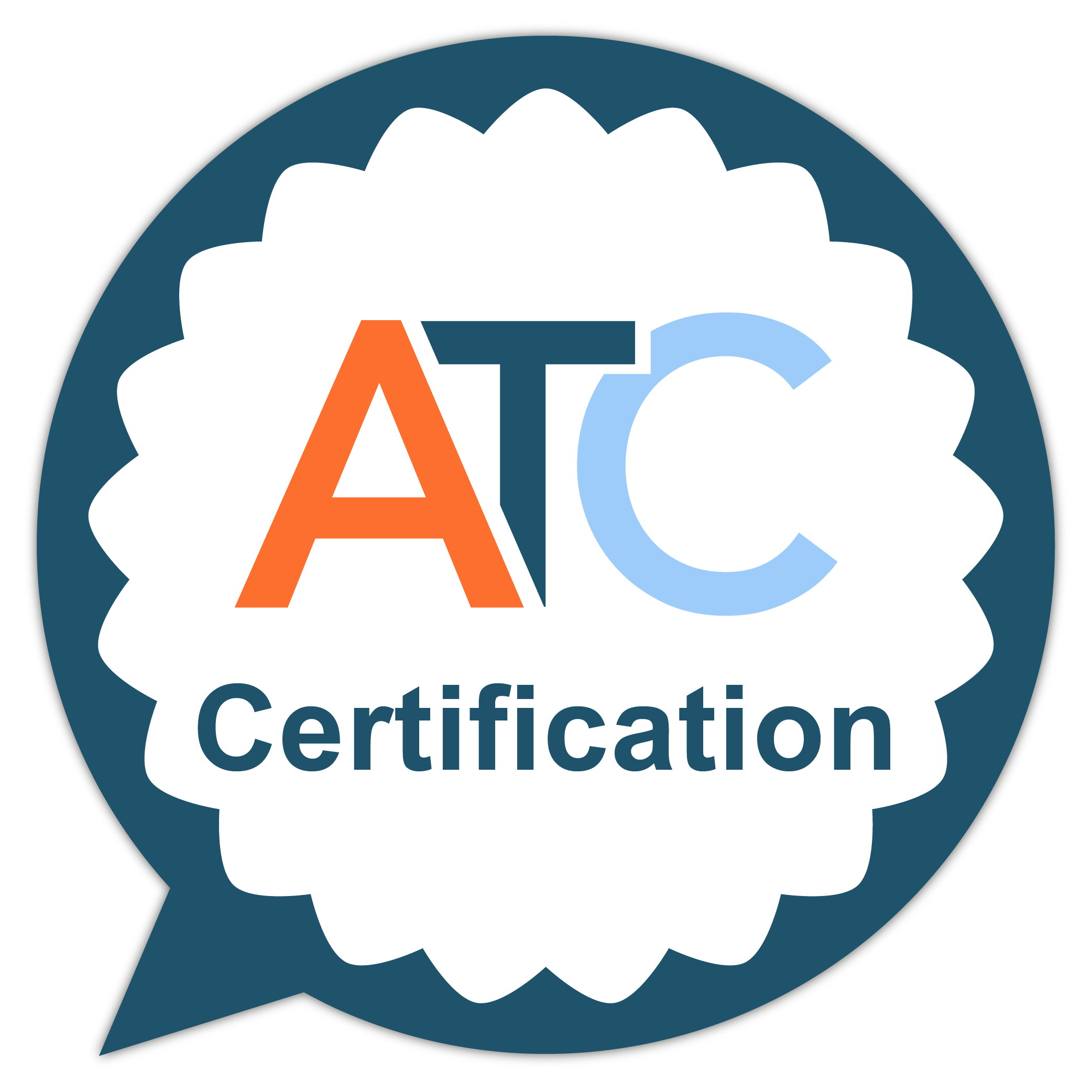
Vetting translator qualifications and competences against ISO 17100 requirements is a serious task – possibly the one in your 17100 implementation journey that takes the longest.
But you don’t need to do it all by yourself. Clever Vendor Managers save some serious time and effort by making use of existing qualification schemes like the ITI’s ISO 17100 Qualified Status, or find a vetted, qualified translator via the CIOL’s Find-a-Linguist service.
What were the requirements again?
In our blog about ISO 17100 Translator Qualifications, we looked at the requirements for translator qualifications within ISO 17100.
ISO 17100 requires the translation service provider to obtain documented evidence that the translator fulfils at least one of the following criteria:
a) has obtained a degree in translation, linguistics or language studies or an equivalent degree that includes significant translation training, from a recognized institution of higher education;
b) has obtained a degree in any other field from a recognized institution of higher education and has the equivalent of two years of full-time professional experience in translating;
c) has the equivalent of five years of full-time professional experience in translating.
Let’s make this easier
You can of course do the vetting yourself and check your translators’ degree certificates and experience first-hand.
That said, there are ways to make your life a lot easier. If the translator is a member of a professional association, there might be a much smoother way of ensuring that they meet ISO 17100 qualification requirements.
This is what two prominent UK-based professional associations, the Chartered Institute of Linguists (CIOL) and the Institute of Translation and Interpreting (ITI) have done.
CIOL Diploma in Translation
The Chartered Institute of Linguist’s (CIOL) Find-a-Linguist directory allows you to search for a translator or to check an individual member’s details.
The CIOLQ Diploma in Translation (DipTrans), showing on a translator’s profile, is an MA-level equivalent qualification and, as such, recognised by ATC Certification as ISO 17100 compliant.
The DipTrans also thoroughly examines the translator’s ability to produce error-free translations fit for publication, giving you a strong indication of the translator’s professional competencies as required by ISO 17100.
ITI ISO 17100 Qualified Status
Qualified Members and Fellows of the Institute of Translation and Interpreting (MITI and FITI) can apply for ISO 17100 Qualified Status. Their qualifications are vetted by the ITI and confirmed to meet the ISO 17100 translator qualification requirements.
The ITI Translator Directory displays an ISO 17100 Qualified logo for the translators who carry the qualified status, and you can even filter the search on ISO 17100 qualified translators only.
You can also use the ITI Member Check to check an individual translator’s status.
What else do associations offer?
Don’t stop at qualifications! Check what else professional associations’ membership and directories offer to make your ISO 17100 vetting easier without compromising compliance.
For example, many professional associations require their members to undertake a certain amount of CPD, which you can make use of to demonstrate a translator’s commitment to continuing professional development.
Get in touch with your local professional translators’ association to check what they could do on ISO 17100 compliance!


